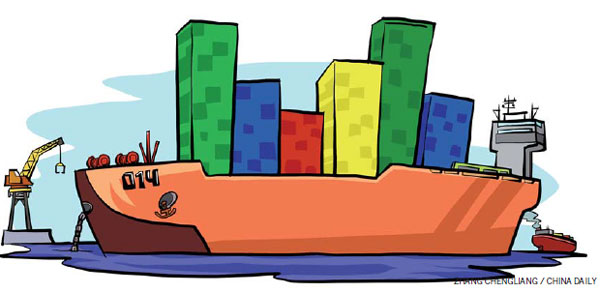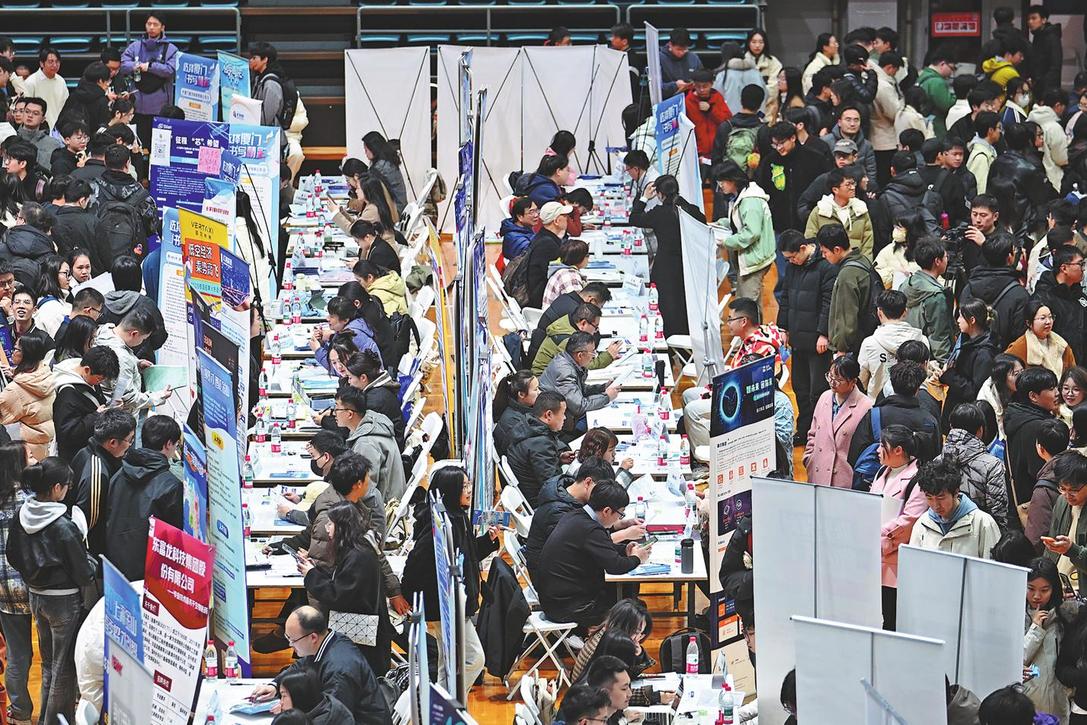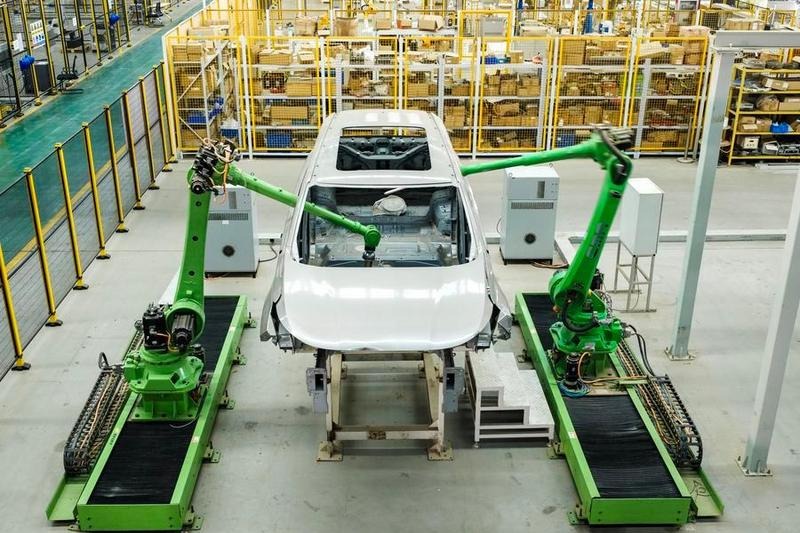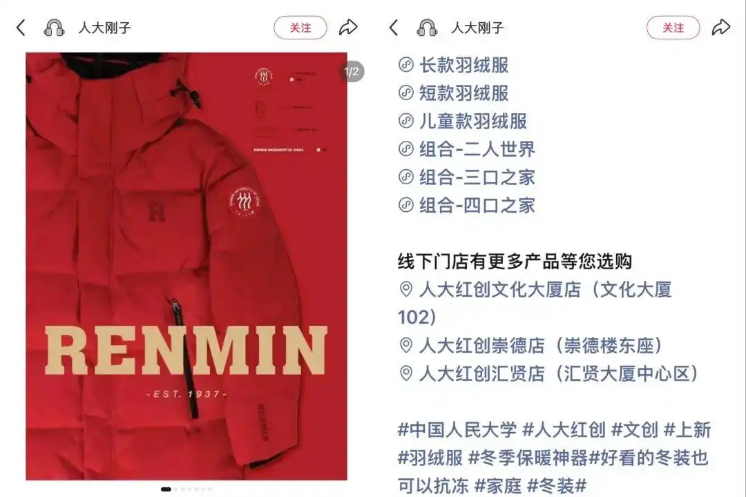Time to celebrate? Not quite yet


Strong trade figures for January are full of riddles; February data will reveal answers
Chinese trade has got off to a sterling start this year. The value of exports was $207.13 billion last month, a rise of 10.6 percent year-on-year, compared with a rise of 4.3 percent in December. The value of imports rose 10 percent to $175.27 billion, the highest increase in six months. The total value of trade rose 10.3 percent year-on-year to $382.4 billion.
Many observers see last month's figures, which greatly exceeded market expectations, as a sign of the global economic recovery, especially in the United States and Europe. But the figures may not accurately reflect the trade picture, which is distorted by the holiday factor and money speculation activities disguised as trade.
Last month's figures pose many questions, and we need more data to see how reliable they are and whether the improving trend is solid.
The trade growth the figures portray is remarkable, particularly given that it was achieved on a high base. In last January, China's trade was $187.4 billion, already a high figure.
The growth can be regarded as strong also because it defied a seasonal trend. This year the Spring Festival fell on Jan 31; last year it fell on Feb 8. This means the last month had fewer working days than a year ago because many workers in China usually leave factories for family reunions days before the festival.
China's total trade with the European Union, the country's largest trading partner, surged 14.6 percent to $341.19 billion, with exports to the bloc up 18.8 percent. Trade with the US rose 8.8 percent to $299.23 billion.
One of the riddles the figures throw up is that transit trade with Hong Kong fell significantly, 18.3 percent, well against the trend. Usually when Chinese mainland trade with the EU and the US jumps, the Hong Kong figures rise, too.
One explanation for this apparent contradiction may be that the transit trade figure with Hong Kong was overstated in January last year, when speculators moved their money across the border disguised as trade. This produced a large trade figure, meaning that a year later, when there was much less money speculation across the border, the trade figures fell.
Another puzzle is that overall the trade figures run counter to other economic indicators.
The purchasing managers' index in recent months has shown that manufacturing activities have been slowing and new orders have not risen particularly quickly.
Manufacturing PMI dropped to a six-month low of 50.5 last month from 51 in December. The PMI for services, issued by HSBC Holdings Plc, eased to 50.7 in January from 50.9 in December.
Clearly, the trade and manufacturing figures do not match. One reason may be the time lag that means manufacturing figures will be reflected in trade figures only after some time.
The figures show that China's exports of labor-intensive products rose by a surprisingly high amount.
January is traditionally a low month for exports of these goods after they have peaked before Christmas. But last month, growth in shipments of cases and bags, clothes and shoes was in the double digits. By comparison, exports from neighboring markets such as Vietnam that are well known for exporting labor-intensive products slowed or fell in January. In this case, China's bullish performance is baffling.
The increase in raw materials imports was nothing short of astonishing. Imports of iron ore rose 36.8 percent, copper 24.3 percent and steel 25.6 percent. In December growth in imports of those products had been in the single digits.
One possible explanation for all these strange figures is fake trade. Just as speculators did a year ago, they have been moving money in and out of China in the guise of trade, but this time not by way of Hong Kong. What's more, they are probably using bills of raw material imports as financing tools to help Chinese companies, battered by the most serious credit shortage in years, to raise money.
Until we can get some clear answers on all these questions, it is premature to celebrate the January figures. When this month's figures, free of Spring Festival holiday distortion, come in, we will have a much more reliable picture of exactly where we stand.
The authors are Shanghai-based financial analysts. The views do not necessarily reflect those of China Daily.
(China Daily Africa Weekly 02/21/2014 page10)
Today's Top News
- UN envoy calls on Japan to retract Taiwan comments
- Innovation to give edge in frontier sectors
- Sanctions on Japan's former senior official announced
- Xi stresses importance of raising minors' moral standards
- Coordinated reform key to country's growth
- Shandong gives new life to traditions





























